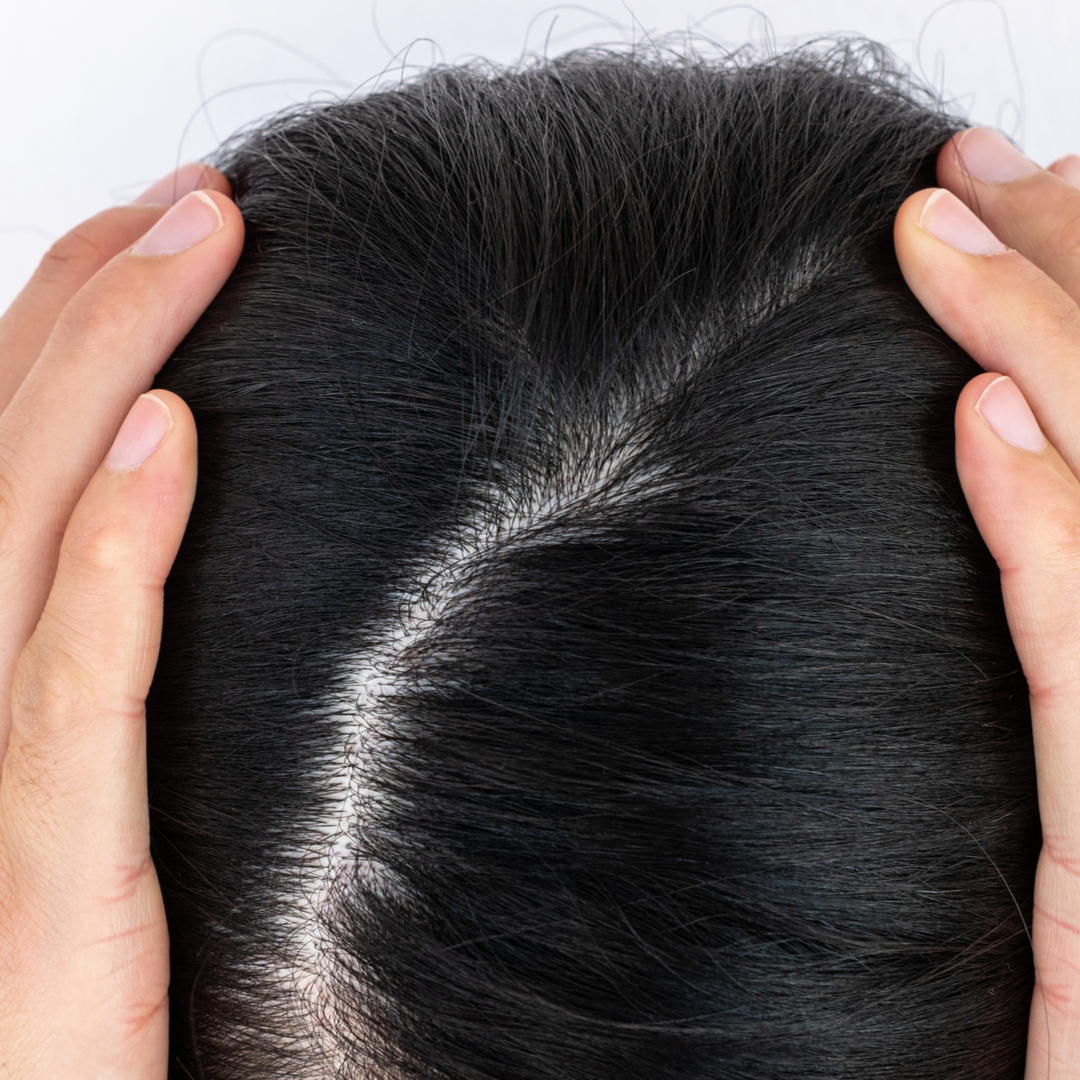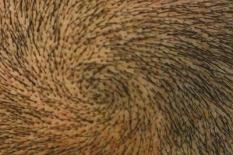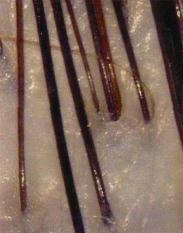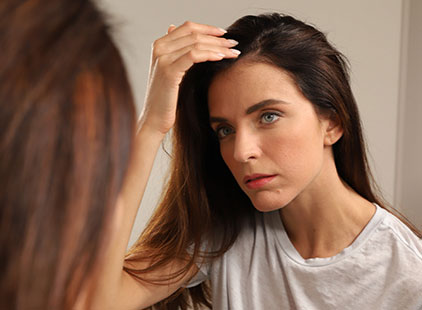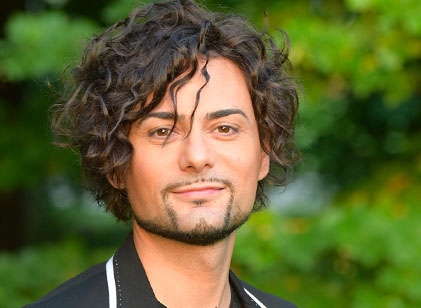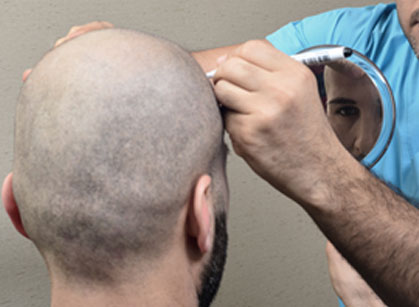Life cycle of hair
The life cycle of hair and its subsequent growth occur at a speed of 1-1.5 cm per month. Hair is a living element that follows a follicle cycle with an average duration of 2-6 years. In humans, unlike other mammals that are subject to a periodic change, this cyclic evolution is not synchronous (therefore each hair is independent from the others).

 English
English  Italiano
Italiano  Français
Français  Español
Español 